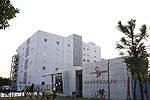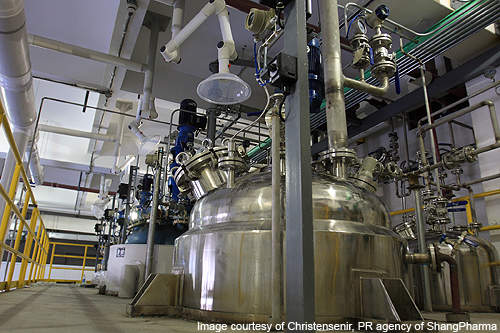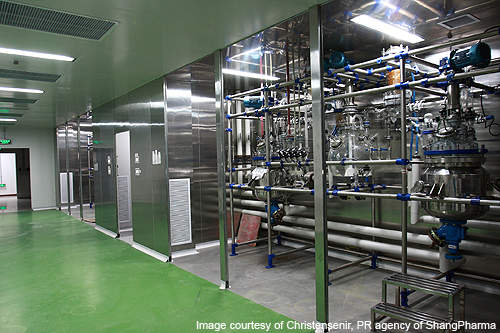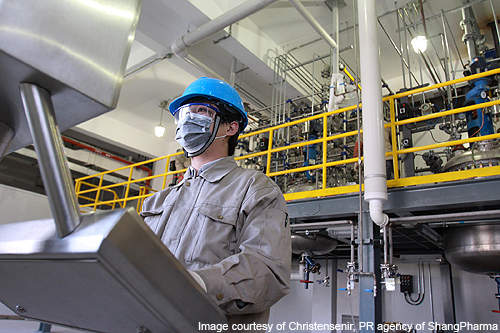China-based contract research organisation ShangPharma Corporation launched phase one of a new pharmaceutical development and cGMP manufacturing facility on 14 January 2011.
Located in the Fengxian Industrial Park within the suburbs of Shanghai, the new facility is named China Gateway Pharmaceutical Development Co. It will operate as a wholly owned subsidiary of ShangPharma.
The facility is being built in two phases in a site located in the Zhagjiang Hi-Tech Park, immediately next to the company’s subsidiary Shanghai ChemPartner. Construction of phase one required an investment of over $15m. Construction of Phase II is expected to be completed by late 2011 or by early 2012.
The new facility will enable ShangPharma to expand its service portfolio to include process research and development, large scale synthesis, formulation research and development, analytical method development and validation, and cGMP manufacturing of intermediates and APIs for preclinical testing and clinical trials.
ShangPharma plans to construct additional manufacturing facilities extending up to 43,000m² depending on the rise in demand for FDA or EMEA-approved drugs.
Facility
The multi-functional facility will comprise a total area of 460,000ft². It has added substantial capacity to the current chemical development and API manufacturing capabilities of the company.
It will have facilities for testing raw materials, intermediates and final products. A separate quality assurance department will ensure that the output quality meets established cGMP standards and manufacturing is carried out following the standard operating procedures.
Additional space is available for further expansions to support any increase in commercial manufacturing activities.
Phase one
Phase I of the Fengxian facility is spread over 200,000ft². It accommodates two Class 100,000 clean room suites dedicated for isolation and 10 kilo-lab suites meant for non-cGMP as well as cGMP manufacturing.
It also houses a pilot plant with six independent bays. Each bay is equipped with reactor capacities ranging from 200l to 3,000l. Special bays within the facility are installed with reactors ranging from 50l to 2,000l. The reactors will be used for high temperature, cryogenics, highly toxic and pressurised reactions, including hydrogenation.
Other sections include independent buildings for utilities, materials management, warehouse storage and waste water treatment. A dedicated area is available for analytical support. A large research and development laboratory is provided for analytical, formulation and process development operations.
Phase two
Phase II, covering approximately 260,000ft², will house a cGMP-compliant API plant and a formulation pilot plant.
Production
ShangPharma has so far only handled projects that required provision of materials from early discovery phases to GLP toxicology and Phase I clinical studies. The new state-of-the-art facility will enable it to undertake commercial manufacturing of intermediates and APIs to support projects up to Phase II and Phase III development.
The infrastructure in Phase I will be used to undertake production of APIs and advanced intermediates, supporting projects in the preclinical testing and early-phase clinical trials. The infrastructure in Phase II will be used primarily for the production of APIs for late-phase clinical trials and drugs that will potentially be FDA-approved.
Finance
Phase I was financed through internal funds and proceeds from unused bank credit facilities of ShangPharma. The funds include $15m raised through an $87m IPO, announced in 2010, on the New York Stock Exchange.
Phase II will utilise the company’s proceeds from IPO offering, cash flow from operations and bank loans.
Marketing commentary
Headquartered in Shanghai, ShangPharma now manages four facilities in the region, including two in the Zhangjiang Hi-Tech Park, a 36,000ft² R&D facility in Chengdu and a 28,000ft² manufacturing plant in Nanhui.
A 150,000ft² laboratory services facility is also under construction in Fengxian, Shanghai. Scheduled for completion in 2011, it will be used primarily for pharmaceutical development services.







